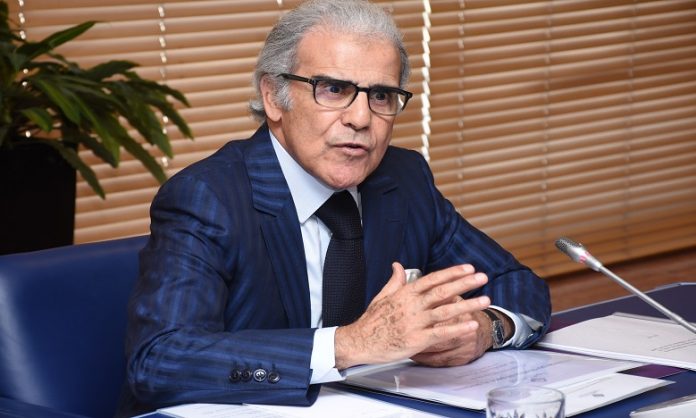On June 25, 2024, the Council of Bank Al-Maghrib held its second quarterly meeting of the year. The gathering was pivotal, focusing on the approval of the annual report for 2023, which detailed the country’s economic, monetary, and financial situation, as well as the Bank’s activities. The council also reviewed national and international economic trends and made medium-term macroeconomic projections.
Global and domestic economic landscape
Internationally, the Council highlighted a resilient global economy with declining inflationary pressures, although at a slower pace than anticipated in March. However, uncertainties remain high due to ongoing geopolitical tensions, particularly in Ukraine and the Middle East.
Domestically, data from the High Commission for Planning (HCP) revealed a faster pace in non-agricultural activities and improved household consumption in 2023. These factors suggest a robust growth trajectory for non-agricultural sectors, supported by anticipated public and private investments.
Inflation and monetary policy
Inflation in Morocco showed a notable decline, falling from 6.6% in 2022 to 6.1% in 2023, with further reductions observed in recent months due to lower external pressures and volatile food prices. The inflation rate is expected to average 1.5% by the end of the year and rise to 2.7% in 2025.
The council noted a significant decrease in inflation expectations, with expert forecasts for an eight-quarter horizon dropping to 2.7%. Bank lending rates remained stable for the second consecutive quarter, with cumulative increases since September 2022 reaching 116 basis points.
Strategic decisions and future outlook
Given these economic indicators, the Council decided to lower the key interest rate by 25 basis points to 2.75%, marking a shift after four consecutive meetings of maintaining it unchanged. The Council will continue to monitor economic and inflation trends closely.
On the international commodity markets, oil prices are projected to rise slightly, while the prices of Moroccan phosphates are expected to decrease. Food prices are anticipated to continue their downward trend into 2024 before rising again in 2025.
Global inflation is expected to decrease from 4.7% in 2023 to 3.1% in 2025. The ECB and FED’s differing monetary policies reflect varied responses to the inflation slowdown.
National economic growth and projections
Morocco’s economic growth accelerated from 1.5% in 2022 to 3.4% in 2023. Non-agricultural activities are projected to strengthen, with growth rates of 3.8% in 2024 and 4.1% in 2025, driven by tourism and household consumption.
Export growth is forecasted to improve, with significant contributions from the automotive and phosphate sectors. Despite a slight decrease in imports in 2023, they are expected to rise in the coming years, influenced by increased acquisitions of goods and a higher energy bill.
Fiscal and monetary projections
Public finances showed a 10.8% increase in ordinary revenues in early 2024, driven by tax inflows, despite a rise in overall spending. The budget deficit is expected to stabilize at 4.4% of GDP this year, reducing to 4.1% in 2025.
Bank liquidity needs are projected to decline slightly before increasing in 2025. Credit growth to the non-financial sector is anticipated to accelerate, reflecting economic recovery.





